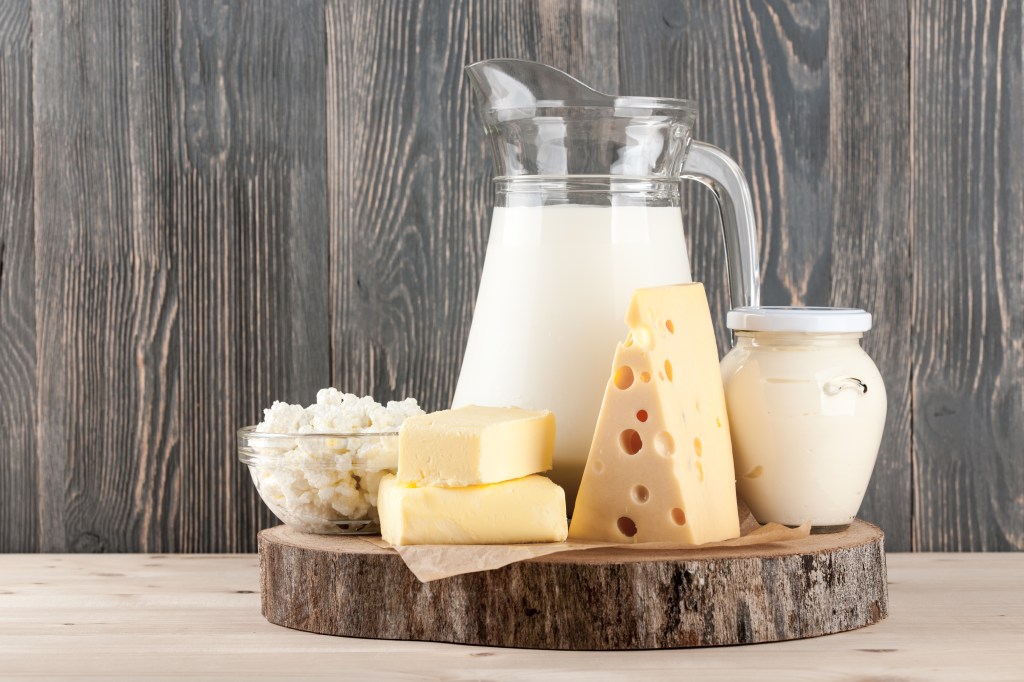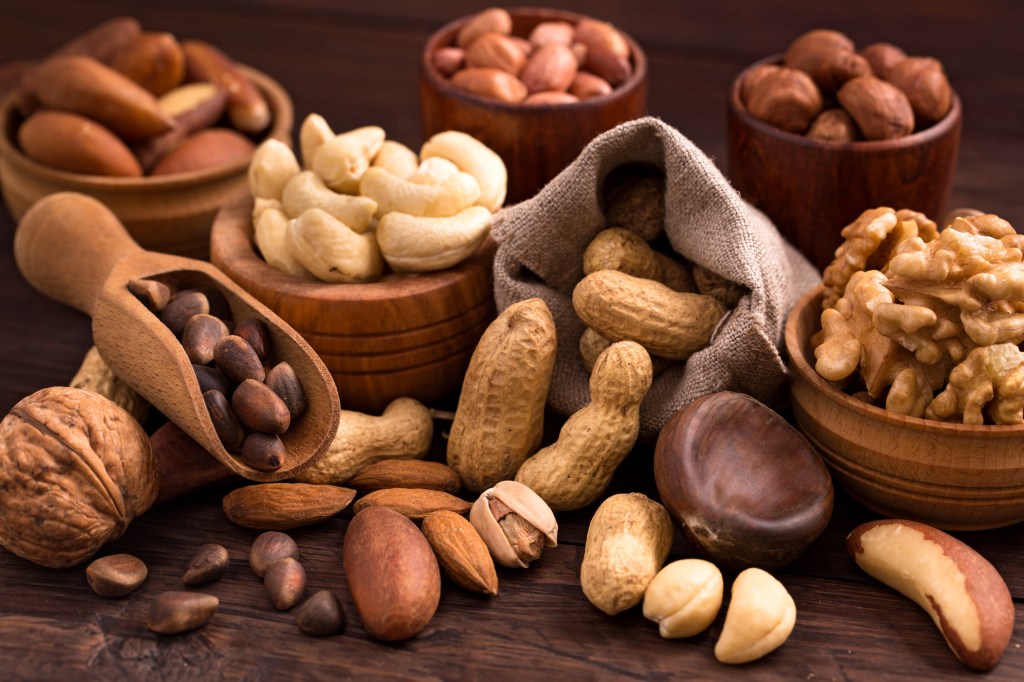At a glance
Textured vegetable protein (TVP) is a processed soy product developed as a meat substitute and commonly found in vegan and vegetarian foods. While it provides protein, heavy processing reduces its nutrient value and often introduces additives and artificial flavorings. Compared to TVP, whole food proteins such as eggs, fish, dairy, and nuts offer superior nutrition, better digestibility, and more health-supportive benefits.
Is textured vegetable protein healthy? No, it’s an ultra-processed meat substitute made from defatted soy flour, offering limited nutritional value and often containing added sodium and preservatives.
Discover the nutritional drawbacks of textured vegetable protein and explore more nutritious whole-food alternatives suitable for a health-focused diet.
What is textured vegetable protein (TVP)?
Textured vegetable protein (TVP) is an extensively processed soy product made from defatted soy flour, a byproduct of soybean oil production.
The defatted soy flour is pressure-cooked and dried into various forms, such as granules, flakes, chunks, and nuggets, which are later rehydrated to mimic the texture of meat.
Originally developed in the 1960s as a cost-effective meat filler, TVP has since become a common ingredient in a wide range of processed foods, especially those marketed toward a plant-based diet.
Often labeled as textured soy protein, soy meat, or soya chunks, it’s commonly found in health food stores and hidden in processed soy products, such as vegan sausages, soy burgers, soy ground meat, and vegan tacos.
While TVP provides a concentrated source of protein and functions as a meat substitute, it falls short of the nutritional benefits of whole foods. It lacks the fiber, phytonutrients, and various beneficial nutrients naturally present in less processed plant proteins.
To enhance its otherwise bland taste and spongy texture, manufacturers often add artificial flavorings to mimic the taste of beef or bacon, which only adds to its ultra-processed nature.
Watch the video below to discover the worst protein in the world.
Is textured vegetable protein healthy?
No, TVP isn’t considered a healthy choice as it’s a heavily processed soy product with several nutritional drawbacks.
A byproduct of soy milk production, TVP undergoes high heat and chemical treatments to achieve a texture resembling meat.
While it does contain some essential amino acids, the extensive processing depletes important vitamins and minerals, significantly limiting its overall nutritional value.
A study published in Foods confirms this, showing that TVP varies widely in chemical composition, often resulting in inconsistent texture and significant nutrient loss during processing.1
It’s commonly found in vegan and vegetarian products, such as soy sausages and soy chicken strips, but it lacks the diverse fiber, antioxidants, and full spectrum of nutrients present in whole plant foods.
Moreover, its poor binding ability and low protein solubility often require additional additives, such as methylcellulose, to enhance texture and keep the product intact, which further increases reliance on processed ingredients.
In addition, TVP is commonly made from genetically modified (GMO) soybeans treated with herbicides such as glyphosate, which raises concerns about its long-term health effects.
While TVP can be used as a protein source in various meat alternatives, less processed options such as tempeh and tofu offer greater nutritional benefits.

The best type of protein
Selecting high-quality protein sources is essential for optimal nutrition, focusing on their nutrient density, digestibility, and contribution to overall health.
Complete proteins, which contain all nine essential amino acids, play a key role in maintaining muscle mass, supporting enzyme activity, and promoting tissue repair.
Although many foods offer protein, some stand out not only for their health benefits but also for how efficiently the body can absorb and utilize them.
Here are four nutritious whole foods that offer high-quality protein.
1. Eggs
Eggs are an excellent and highly efficient protein source, promoting lean muscle maintenance and supporting energy production.
Incorporating eggs into your daily routine can help with weight management by increasing satiety and reducing overall calorie intake.
Furthermore, a study published in Nutrients highlights that eggs are a rich source of key nutrients.2
The authors summarize, “Eggs are a source of pantothenic acid, phosphorus, vitamin A, and folate. In addition, eggs are high in protein, monounsaturated fatty acids, vitamin D, vitamin B12, biotin, riboflavin, selenium, and iodine.”
These nutrients work together to support the health of your bones, skin, and immune system.
2. Fish
Fish, especially oily fish varieties, provide high-quality protein and beneficial fats, including omega-3 fatty acids, which support brain function and cardiovascular health.
Research published in the Cardiovascular Journal of Africa involving over 51,000 participants found that individuals who consumed at least two servings of fish per week experienced a 16 percent lower rate of major cardiovascular events.3
These findings underscore the important role fish consumption may play in supporting heart health when included regularly in a nutritious diet.

3. Dairy
Dairy products aren’t just the best sources of protein, but they also provide calcium, phosphorus, potassium, and other essential nutrients that support bone health, muscle function, and nerve signaling.
Dairy is also widely accessible and relatively affordable, making it an efficient way to meet daily nutrient needs.
“Three servings of dairy per day, such as milk, cheese, and yogurt, are recommended to help meet calcium requirements and promote balanced nutrition,” explains Dr. Berg.
4. Red meat
Red meat provides high-quality protein and is packed with essential nutrients that are readily absorbed by the body.
Key nutrients like vitamin B12, iron, and zinc–commonly found in red meat–are often deficient in the diets of young children, adolescents, women of childbearing age, and older adults. Therefore, including red meat in their diets may help meet the specific nutritional needs of these groups.

The best plant-based protein options
Plant-based protein sources are gaining popularity for their nutritional advantages and sustainability.
Here are three of the best plant-based protein options.
1. Nuts
Nuts are a valuable plant-based protein source, aiding muscle maintenance and metabolic function. They’re also a rich source of dietary fiber needed for digestive health and have been linked to a lower risk of obesity.
Additionally, nuts contain plant compounds with potent antioxidant and anti-inflammatory properties, some of which act as phytoestrogens and may support hormonal balance and reproductive wellness.
2. Chlorella and spirulina
Chlorella and spirulina are nutrient-dense, algae-based proteins ideal for vegan or vegetarian diets.
They contribute B vitamins, including B1 and B2, iron, and magnesium, which support energy metabolism and cellular health. Additionally, their antioxidant compounds help neutralize free radicals, contributing to healthy aging.
These algae are versatile and can be easily added to smoothies and shakes or incorporated into homemade energy bars for a nutritional boost.
3. Hemp hearts
Hemp hearts are soft, shelled seeds from the hemp plant that provide high-quality protein, are easy to digest, and are unlikely to trigger common food allergies.
Their protein content is nutritionally comparable to egg whites, making them an excellent protein source for a plant-based meal plan.
Additionally, hemp hearts are rich in polyunsaturated fatty acids and beneficial plant compounds, which may contribute to cardiovascular health and support balanced immune responses.
Key takeaways
- Textured vegetable protein is a highly processed soy product that lacks essential nutrients and often includes additives, preservatives, and artificial flavorings.
- Its heavy processing reduces vitamin and mineral content, limiting its overall nutritional value.
- Better plant-based protein alternatives include nuts, chlorella, spirulina, and hemp hearts, which provide high-quality protein and beneficial nutrients.
FAQ
1. Is textured vegetable protein healthy?
No, textured vegetable protein (TVP) isn’t a healthy option, as it’s highly processed, has little nutritional value, and often contains potentially harmful additives.
Instead, consider incorporating wholesome plant-based protein alternatives such as nuts, spirulina, and hemp hearts into your weekly meal rotation.
2. What are the downsides of TVP?
TVP is typically derived from genetically modified (GMO) corn and lacks the nutritional benefits of whole-food-based protein options. Furthermore, some sensitive individuals may experience digestive issues or allergic reactions when regularly consuming TVP.
3. Is textured vegetable protein better than ground beef?
No, TVP isn’t superior to grass-fed, organic ground beef. While TVP may contain artificial ingredients, grass-fed ground beef provides a natural, high-quality source of protein without the added chemicals.
4. Is TVP healthier than tofu?
No, TVP isn’t healthier than tofu. While both are soy-based, tofu is a minimally processed whole food rich in nutrients, whereas TVP is highly processed and often contains additives.
However, it’s important to choose organic, non-GMO tofu to avoid potential pesticide exposure and genetically modified ingredients.
5. Is textured vegetable protein considered processed?
Yes, TVP is considered a highly processed food. It’s made from soy flour that’s been defatted and dehydrated, then refined to create a textured, meat-like product.
This manufacturing process strips away many of the soy’s natural nutrients and often introduces synthetic additives to enhance flavor, texture, and shelf life.
Sources
- https://pmc.ncbi.nlm.nih.gov/articles/PMC9455741/#sec4-foods-11-02619 ?
- https://pmc.ncbi.nlm.nih.gov/articles/PMC10304460/ ?
- https://pmc.ncbi.nlm.nih.gov/articles/PMC8756069/ ?


















